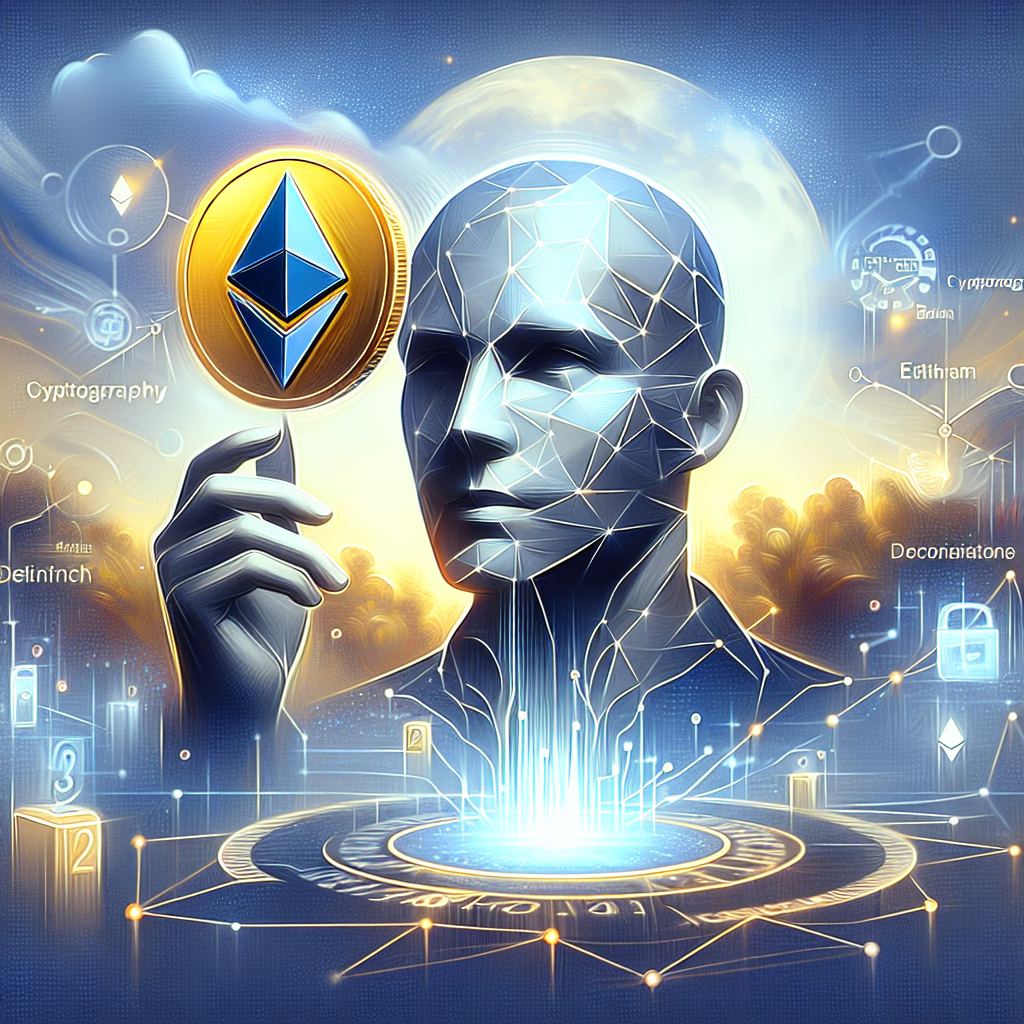Unlocking the Potential: How to Develop a Cross-Platform ERC-20 Token for Seamless Blockchain Integration
- George Taylor
- Aug 31, 2024
- 2 min read
In a world where digital transactions are becoming more prevalent, the need for efficient blockchain technology has never been greater. Enter ERC-20 tokens; a game-changer in the world of decentralized finance. But what sets apart an ERC-20 token that runs smoothly on the blockchain from the rest? Let's delve into the intricacies of creating a cross-platform ERC-20 token that unlocks the full potential of seamless blockchain integration.
The Foundation of ERC-20 Tokens
To understand the significance of ERC-20 tokens, we must first grasp their foundation. ERC-20 tokens are smart contracts built on the Ethereum blockchain that follow a set of standards, enabling seamless interaction with other tokens within the Ethereum ecosystem. This standardization is crucial for compatibility and interoperability across various platforms.
Developing an ERC-20 token involves meticulous planning and execution to ensure its efficiency and effectiveness in real-world applications. From defining the token's supply and symbol to implementing functionalities like transferring tokens and approving spending, each aspect plays a vital role in creating a token that operates seamlessly.
Efficiency Through Cross-Platform Integration
One of the key advantages of ERC-20 tokens is their ability to function across multiple platforms effortlessly. By adhering to the ERC-20 standard, developers ensure that their tokens can be easily integrated into a wide range of decentralized applications (dApps) and exchanges. This cross-platform compatibility opens doors to a myriad of possibilities for token utilization and liquidity.
Challenges and Solutions
While developing a cross-platform ERC-20 token holds immense potential, it also comes with challenges. One common issue is network congestion, which can lead to delays and higher transaction fees. To tackle this, optimizing gas fees and transaction speeds is essential. Implementing efficient coding practices and utilizing layer 2 solutions can significantly enhance the token's performance on the blockchain.
The Future of ERC-20 Tokens
As blockchain technology continues to evolve, the future of ERC-20 tokens looks promising. With advancements in scalability and interoperability, these tokens are poised to drive innovation across various industries, from finance to gaming. By focusing on creating tokens that are not only efficient on the blockchain but also easily adaptable to different platforms, developers can unlock new opportunities for decentralized applications.

In Conclusion
Developing a cross-platform ERC-20 token requires a deep understanding of blockchain technology, smart contracts, and user needs. By prioritizing efficiency, interoperability, and scalability, developers can create tokens that revolutionize the way we transact and interact in the digital world. As we embrace the potential of decentralized finance, ERC-20 tokens stand at the forefront of innovation, paving the way for a more connected and efficient future.
Remember, the key to success lies in harnessing the power of blockchain technology to create tokens that not only run smoothly but also transcend boundaries, making them indispensable tools for the digital economy of tomorrow. Let's unlock the true potential of cross-platform ERC-20 tokens together!


Comments